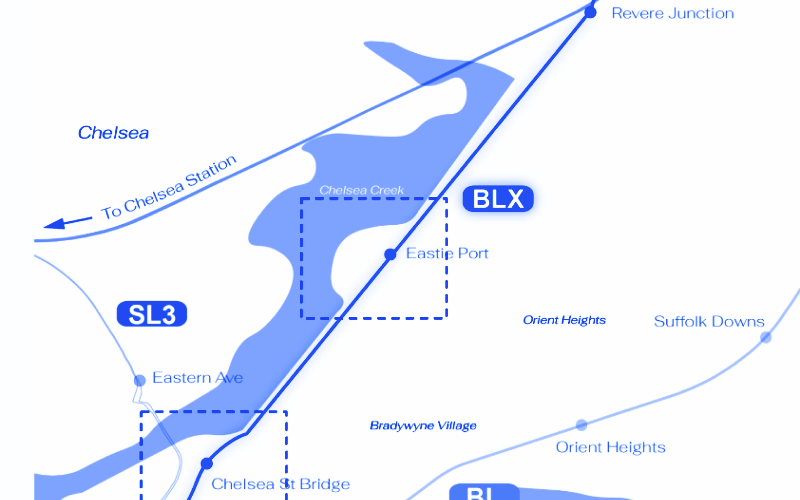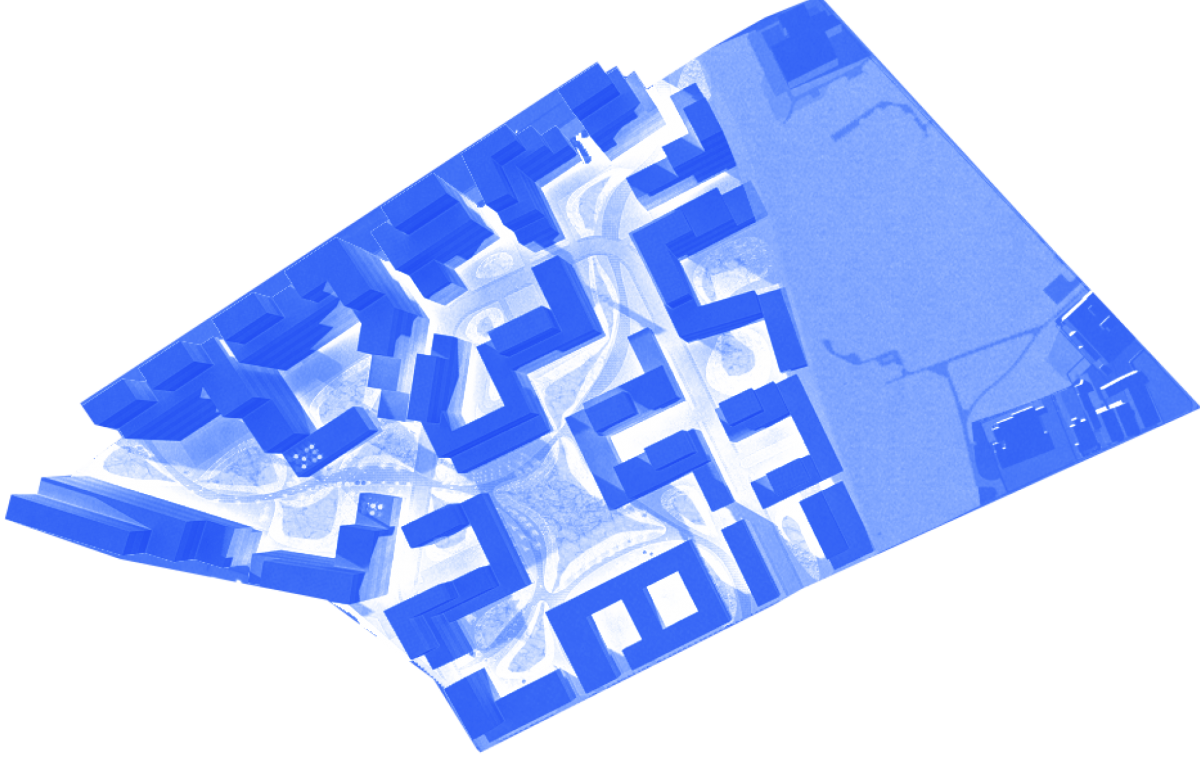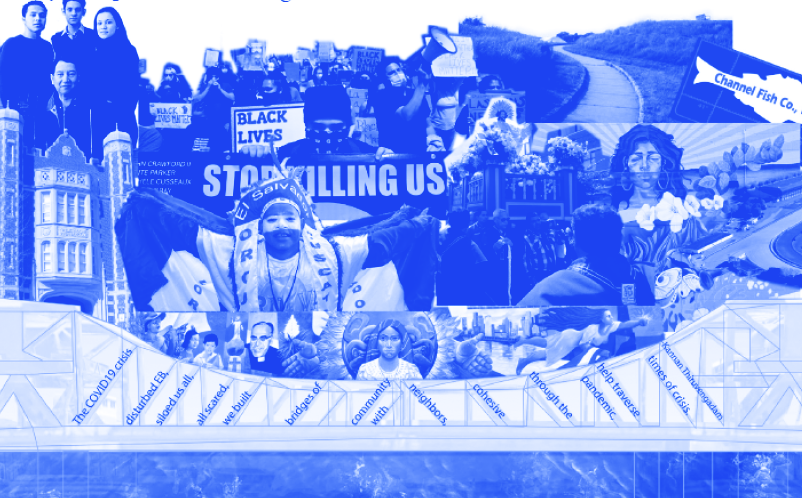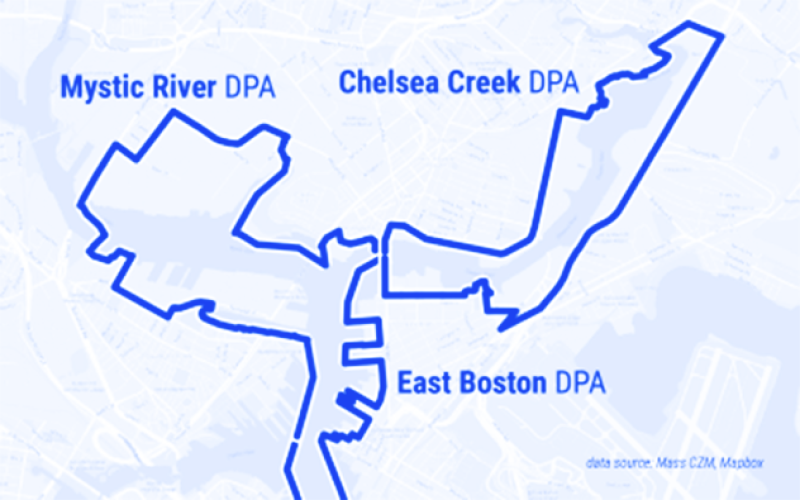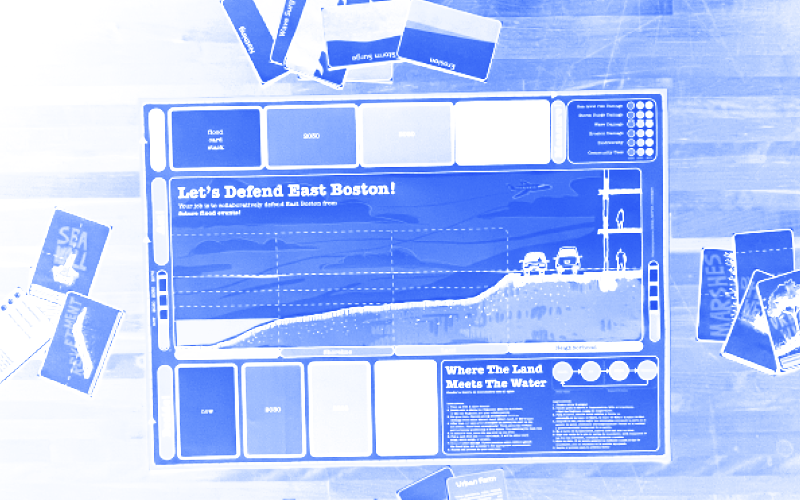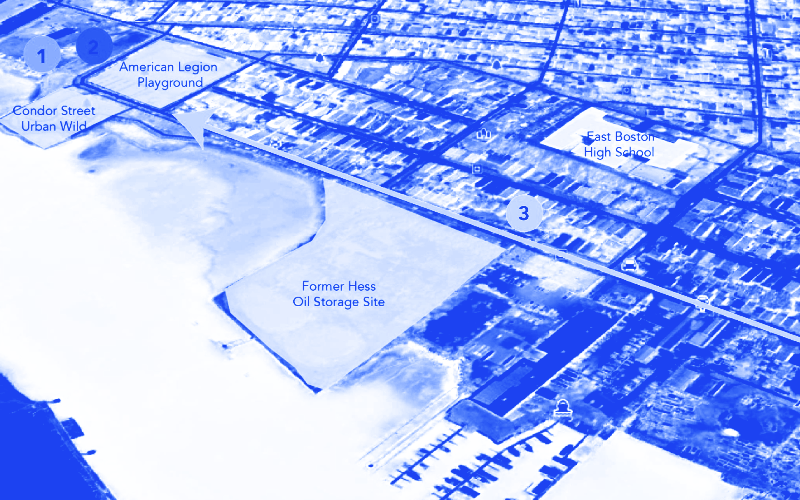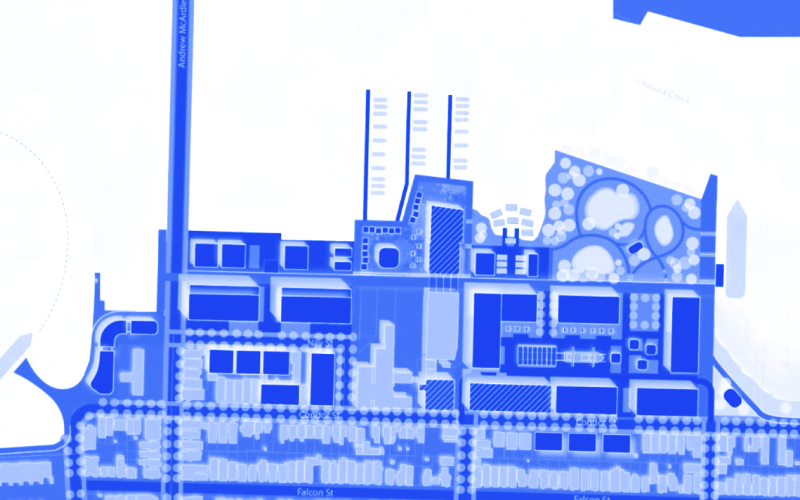MIT students and community organizers are envisioning a resilient future for Eastie
Over the course of three years, Masters students in the School of Architecture and Planning at MIT have worked with organizations in East Boston to research the neighborhood and create plans to address the challenges Eastie faces today. These plans consider how changes in the economy and climate are affecting East Boston and ways that the city, state, and community can take steps to help the neighborhood adapt to a changing world.












